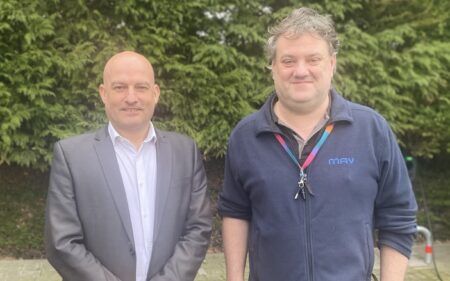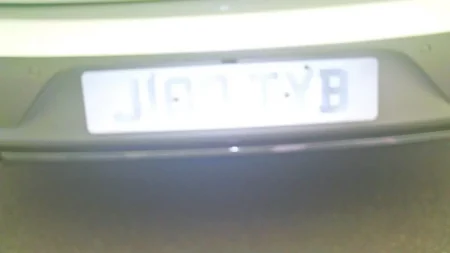Following the State Transportation Board’s approval of the installation contract, Arizona will shortly begin the construction of a ‘first-in-the-nation’ system to detect wrong-way vehicles and alert law enforcement and other drivers.
At the direction of Governor Doug Ducey, the Arizona Department of Transportation (ADOT) has accelerated the start of construction on the US$3.7m pilot project along 15 miles (24km) of Interstate 17 in Phoenix. That includes pre-ordering materials, including thermal cameras that will detect wrong-way vehicles, as well as poles and fiber-optic cable, rather than waiting for a contractor to secure those items.
The State Transportation Board has conditionally approved a US$1.89m bid from Contractors West Inc. of Mesa to install the system. Construction is scheduled to begin in the early part of this month, a month sooner than earlier project estimates, with installation and testing expected to be completed by early next year.
The groundbreaking solution will take a three-phase approach when a wrong-way vehicle is detected. The system will use thermal cameras to detect a wrong-way vehicle along an off-ramp, triggering an illuminated wrong-way sign with flashing lights aimed at getting the attention of the driver.
The system will immediately alert the Arizona Department of Public Safety (DPS) and ADOT, while warning other freeway drivers in the area through overhead dynamic message signs (DMS). On the freeway, additional thermal cameras placed at one-mile intervals will signal when a wrong-way vehicle passes, to help state troopers plan their response. While ADOT and the DPS react quickly to reports of wrong-way drivers, currently the response usually begins with 911 calls from other motorists.
Phoenix-area freeways safely move hundreds of thousands of vehicles every day. When crashes do occur, ADOT research demonstrates that more than 90% of the time, the collision is the result of driver behavior, such as speeding, reckless or distracted driving, or driving under the influence (DUI).
The I-17 pilot system will increase the speed of notification and response, but it cannot prevent wrong-way driving, which in the majority of cases involves drink- or drug-impaired drivers. ADOT and partner agencies, including DPS and the Governor’s Office of Highway Safety, will continue to study other potential responses to reduce the risk from wrong-way driving.




